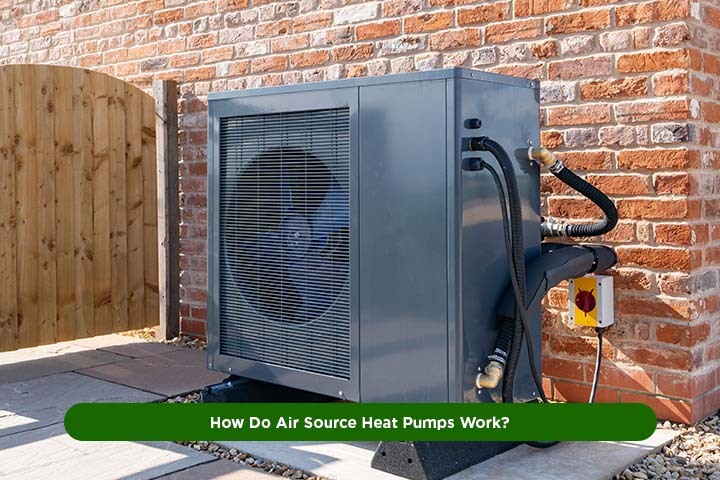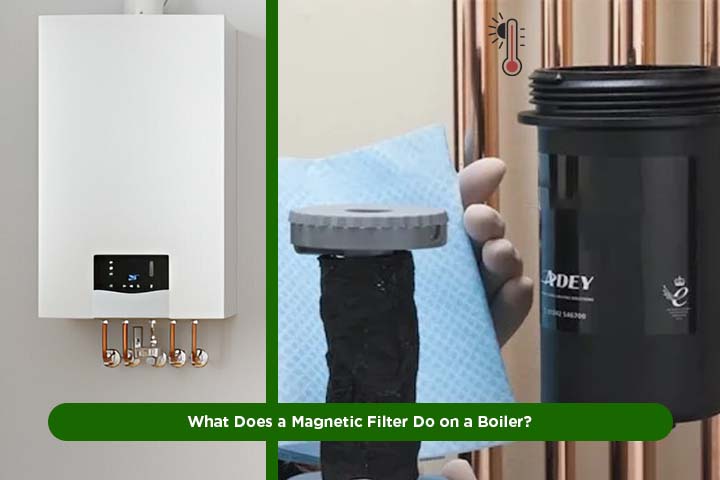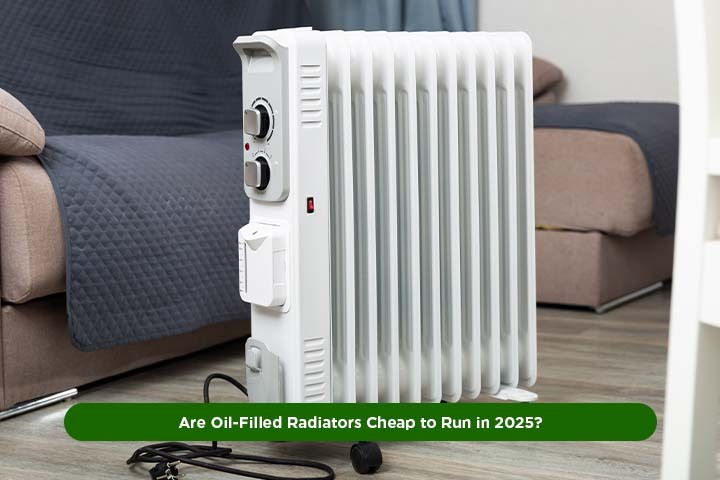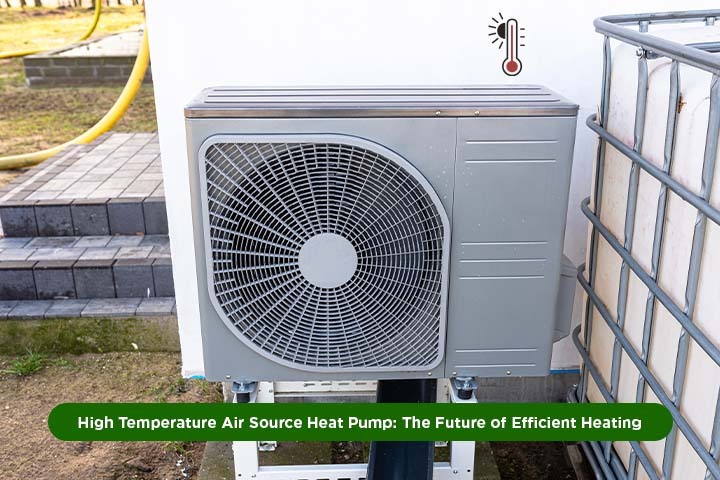Ever wondered how a small box outside your home can magically pull heat from the air even when it’s freezing cold? Sounds impossible, doesn’t it? Yet that’s exactly what air source heat pumps do.
Curious about how these clever devices are revolutionising how we heat our homes in the UK? Tired of your old gas boiler and skyrocketing energy bills? You’re not alone.
How on earth can something take heat from the freezing British weather? Can these heat pumps really keep you toasty during those bitter winter months? And the big question: are they worth the investment?
How Does an Air Source Heat Pump Work?
Have you ever stood in front of your refrigerator with the door open and felt that blast of cold air? Did you notice the back of the fridge feels warm? That’s basically how a heat pump works, but in reverse.
An air source heat pump captures this heat energy and boosts it to a higher temperature for your heating system. The most amazing part? For every unit of electricity they use, heat pumps give you 3-4 units of heat, that’s 300-400% efficient.
1. Pull the Air from Outside
The outdoor unit of your air source heat pump pulls lots of air from outside (Although that’s hard to believe, there’s enough heat in the air even at -15°C). Your heat pump uses the refrigerant in the heat pump (a special fluid that boils at super low temperatures) to absorb this heat from the air.
2. Heat Up the Pulled Air
Once the refrigerant has collected heat from the outside air, it passes through a compressor that squeezes it tightly to raise its temperature dramatically. The air becomes hot enough for your radiators and underfloor heating once it’s gone through the refrigerant
3. Heat Your Home
Once the air becomes hot enough, the hot refrigerant transfers the heat to your heating system, where hot air is directly blown into your rooms through radiators or transferred to underfloor heating.
4. Repeat the Cycle
After using up all of the produced heat, the refrigerant cools down and passes through an expansion valve that drops its pressure and temperature. Then it’s ready to collect more heat from outside, and the cycle starts again.
Check your Eligibility Now
If you are receiving benefits from the UK Government then you might be eligible for free insulation grants.
Do Heat Pumps Work Efficiently in Freezing Cold Weather?
When temperatures drop below freezing, frost can build up on the outdoor unit, just like your car windscreen on a winter morning. So, how does the air source heat pump handle this frosty challenge? It’s remarkably smart:
- It automatically runs a defrost cycle when needed; no action is required from you.
- This briefly reverses the process, sending hot refrigerant to melt ice, like pouring warm water on a frozen lock
- The defrost only lasts 5-10 minutes and happens only when necessary, efficient, right?
Ever watched ice melt on a spring day? Your heat pump does essentially the same thing, but on demand.
Costs and Savings
Let’s talk about money, after all, that’s what we’re all worried about, isn’t it? How much does an air source heat pump cost compared to that familiar gas boiler?
- Initial cost: £7,000-£15,000 for a typical home, yes, it’s a gulp moment.
- But wait, good news. The Boiler Upgrade Scheme offers £7,500 toward installation
- This brings your cost down to potentially as little as £500. Feeling better now?
Wondering if it’s worth the investment? Let’s look at the long-term picture…
Final Thoughts
Installing a heat pump isn’t just good for the planet; it could mean real savings on your energy bills too. While the initial cost might make your eyes water, government support through the Boiler Upgrade Scheme makes it much more affordable.
The air source heat pumps offer an efficient, future-proof way to heat our homes. And as the UK moves toward net-zero emissions, they’re becoming an increasingly smart choice for forward-thinking homeowners.
Frequently Asked Questions
Looking around at your existing radiators with concern? Here’s the scoop: Heat pumps work best at lower temperatures than gas boilers. What does this mean for you?
- Larger radiators may work better with heat pumps; size matters.
- Underfloor heating pairs perfectly with heat pumps, like they were made for each other
- Your installer will check if your radiators need upgrading, no guesswork needed
Wouldn’t underfloor heating be lovely under those cold bathroom tiles on winter mornings?
Most heat pump installations fall under “permitted development”, so you won’t need planning permission. But do check if:
- Your home is listed
- You live in a conservation area
- You have unusual space restrictions
The outdoor unit needs:
- 1-2 square meters of space
- Good airflow around it
- A solid base to sit on
- Ideally, a sunny spot sheltered from strong winds
Get Your ECO4 Grant
Simply enter your postal code and answer a few questions, we’ll handle the rest!
Recent Blogs
Share Blog







